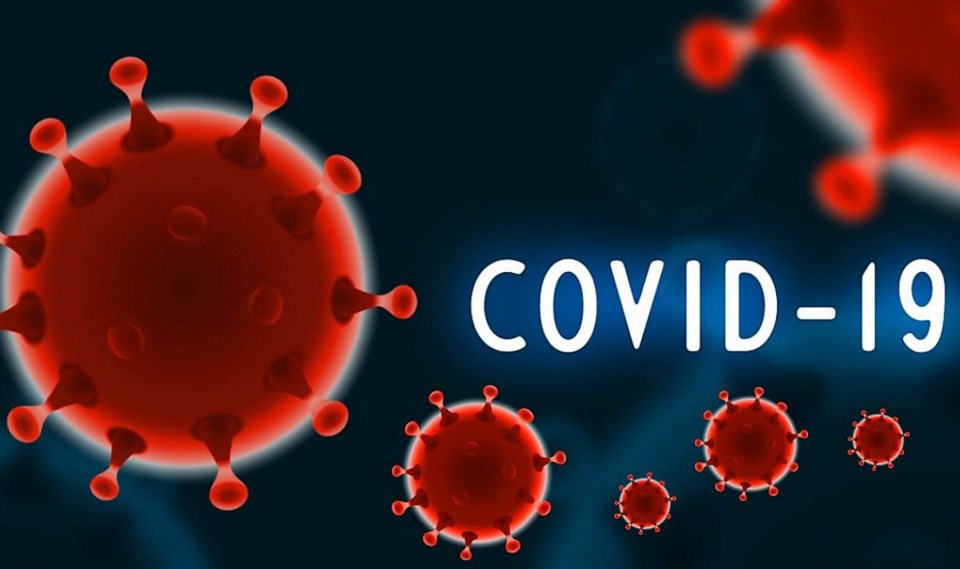COVID-19 indicators like hospitalizations and positivity rates are continuing to trend downward in the Northwestern Health Unit, even as some First Nations in the Sioux Lookout area continue to confront major outbreaks involving hundreds of cases.
Cases in those First Nations accounted for 236 of the 264 active cases reported across the NWHU on Tuesday.
Notably, that included 192 cases in Deer Lake, 135 in Pikangikum, 88 in Lac Seul, and 38 in Sandy Lake, according to the Sioux Lookout First Nations Health Authority.
“Our thoughts are with the affected communities,” said NWHU medical officer of health Dr. Kit Young Hoon in an update to the media Tuesday. “We know this is a difficult time and many individuals and families are being impacted.”
The number of hospitalizations related to those outbreaks has so far remained small, with only one new COVID-19 hospitalization recorded among NWHU residents for the week of March 14 to 20.
That continues a downward trend, falling from a recent peak of 11 new COVID hospitalizations for the week of Feb. 7 to 13.
The NWHU’s COVID hospitalization rate per capita is now roughly even with the provincial average, after surging well past it last month.
The fact hospitalizations have remained low during the surge in SLFNHA communities could be attributable to vaccination rates, as well as the lower severity of Omicron, said Young Hoon.
“What we’re generally seeing is that there are lower hospitalization rates compared to previous variants,” she said. “Even though case numbers are very high, it’s only a very small proportion of people who will be hospitalized”
Those infected with Omicron have about a one per cent chance of being hospitalized, she said, but that risk varies widely depending on factors like age, vaccination status, underlying conditions
She also noted cases are more likely to be detected in First Nations, where residents remain eligible for testing.
She pointed to an encouraging trend in the NWHU’s test positivity rate, which stood at 17.6 per cent on Monday, after peaking above 30 per cent in late February.
The pandemic isn’t over, however, she emphasized. Of the 22 COVID-related deaths reported by the NWHU throughout the pandemic, five have come over the last month.
With this month marking two years since the virus was first detected in Northwestern Ontario, the NWHU is conducting an internal review of its pandemic response, Young Hoon said.
With the majority of public health measures now lifted by the province, she said she hopes residents will understand the risk of COVID-19 won’t disappear, and see the wisdom of adjusting their behaviour when risk increases in their area.
A key factor in how the region fares going forward will be vaccination, she said, noting the uptake on third dose is still lagging just above 60 per cent.
Upping that rate would “put us in a better place” to manage the virus, she said.



